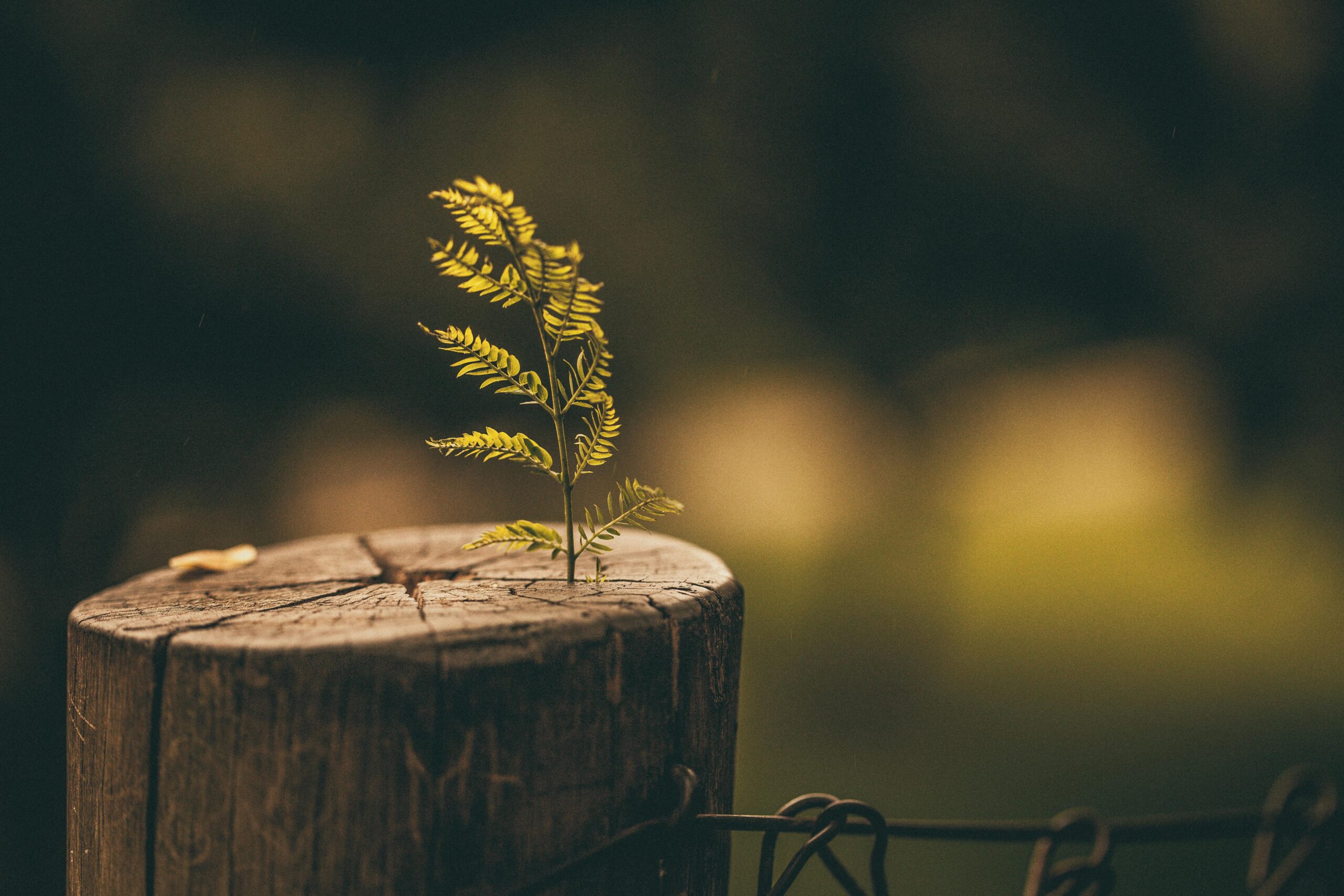Understanding Baumstumpf: The Importance and Utility
The Definition and Significance of Baumstumpf
Baumstumpf, or tree stump, refers to the lower part of a tree trunk that remains after the tree has been cut down. These stumps can pose challenges and offer benefits in various landscapes. Understanding the significance of **baumstumpf** is essential for homeowners, landscapers, and environmentalists alike. Not only do they impact aesthetics, but they also affect the soil quality and surrounding flora. The presence of a **baumstumpf** can serve as a habitat for specific organisms, contribute to soil health, and even offer creative landscaping options.
Ecological Role of Baumstumpf
**Baumstumpf** plays a crucial role in the ecosystem. As stumps decay, they provide nutrients back into the soil, encouraging the growth of surrounding vegetation. This breakdown process also supports organisms such as fungi, insects, and microorganisms, which thrive on decomposing wood. Additionally, the presence of **baumstumpf** can contribute to biodiversity, as certain species depend on decaying wood for habitat. By embracing the ecological benefits of stumps, we can promote a healthier and more balanced ecosystem.

Incorporating Baumstumpf in Landscaping
Transforming a **baumstumpf** into a unique landscaping feature can add character to gardens and outdoor spaces. For instance, stumps can be repurposed as decorative planters, tables, or seating areas. With a little creativity, homeowners can utilize the natural shape and texture of a **baumstumpf** to enhance their landscape design. Furthermore, using **baumstumpf** effectively minimizes waste and promotes sustainability by integrating natural elements into the outdoor environment.

Methods of Removing Baumstumpf
There are several methods for removing a **baumstumpf**, each with its own advantages and disadvantages. Whether for aesthetic reasons or to clear the land for new planting, understanding the options can help homeowners make the best decision. The most common methods include manual removal, grinding, and chemical treatments. Each approach comes with its own level of difficulty and effectiveness, and their suitability largely depends on the stump’s size, location, and the desired outcome.
Manual Removal Techniques
Manual removal of a **baumstumpf** involves digging it out using tools like shovels, axes, and saws. This labor-intensive method is most effective for smaller stumps. By cutting away the roots and digging around the stump, one can eventually pull it out. However, this method requires physical effort and time, but it allows for complete removal while providing an opportunity to understand the stump’s root system.
Grinding Methods for Stump Removal
Grinding is another common technique used for removing a **baumstumpf**. This method utilizes a stump grinder, a specialized machine that chips away at the stump to reduce it to mulch. Stump grinding is less labor-intensive compared to manual removal and is particularly useful for larger stumps or those located in tight spaces. The resulting mulch can be beneficial for garden beds or as decorative ground cover, thereby promoting sustainability.
Creative Uses for Baumstumpf
Besides removal, **baumstumpf** can be creatively repurposed in various ways that enhance both aesthetics and functionality. One popular use is crafting unique decorative pieces that serve as focal points in gardens. For example, a hollowed-out stump can become a birdbath, or multiple stumps can be arranged as seating around a fire pit, fostering a cozy outdoor gathering space. By reimagining the role of a **baumstumpf**, individuals can celebrate nature within their landscapes.
DIY Projects Involving Baumstumpf
Engaging in DIY projects with a **baumstumpf** can also be a rewarding activity for families. For example, turning a stump into a rustic side table is straightforward and adds charm to patios or decks. Some creative individuals even carve stumps into sculptures or functional art pieces that reflect personal style. These projects not only reuse materials but also foster a connection to nature and surroundings.
Baumstumpf in Wildlife Conservation
Acknowledging the role of **baumstumpf** in wildlife conservation can be an eye-opener. Many animals, such as beetles and birds, rely on decaying wood for shelter and food sources. In preserving tree stumps in natural areas, we support local wildlife and promote biodiversity. Programs focusing on habitat creation often emphasize the importance of leaving some **baumstumpf** in place, allowing ecosystems to thrive and ensuring that various species have access to necessary resources.
Key Takeaways
- **Baumstumpf** holds ecological significance and supports surrounding flora and fauna.
- Various removal methods exist, from manual digging to grinding techniques.
- Creative repurposing of stumps can enhance landscaping while promoting sustainability.
- Engaging with **baumstumpf** through DIY projects enriches outdoor spaces.
- Preserving some stumps contributes to wildlife conservation and supports biodiversity.
FAQ
1. What are the best methods for removing a baumstumpf?
The best method for removing a **baumstumpf** depends on its size, location, and your ability to commit time and effort. For smaller stumps, manual removal can be effective. For larger stumps, professional grinding services are recommended for efficiency and to avoid damage to surrounding areas.
2. Can baumstumpf be beneficial for the environment?
Yes, **baumstumpf** can provide ecological benefits. As they decay, they offer nutrients to the soil, promote the growth of plants, and serve as habitats for various organisms. Their presence can enhance biodiversity within the ecosystem.
3. How can I creatively use baumstumpf in my backyard?
You can creatively use a **baumstumpf** by turning it into garden furniture, like tables or benches, or using it as a planter. Additionally, stumps can be transformed into art installations or functional pieces, enriching your outdoor space.
4. What wildlife benefits from baumstumpf?
Various wildlife species benefit from **baumstumpf**, particularly insects, birds, and small mammals that rely on decomposing wood for food, shelter, and nesting materials. This further enhances the importance of preserving some stumps naturally.
5. Are there easy DIY projects for baumstumpf at home?
Absolutely! Some easy DIY projects include creating rustic side tables, birdbaths, or decorative planters. These projects are both fun and a great way to incorporate natural elements into your garden or yard while promoting sustainability.
